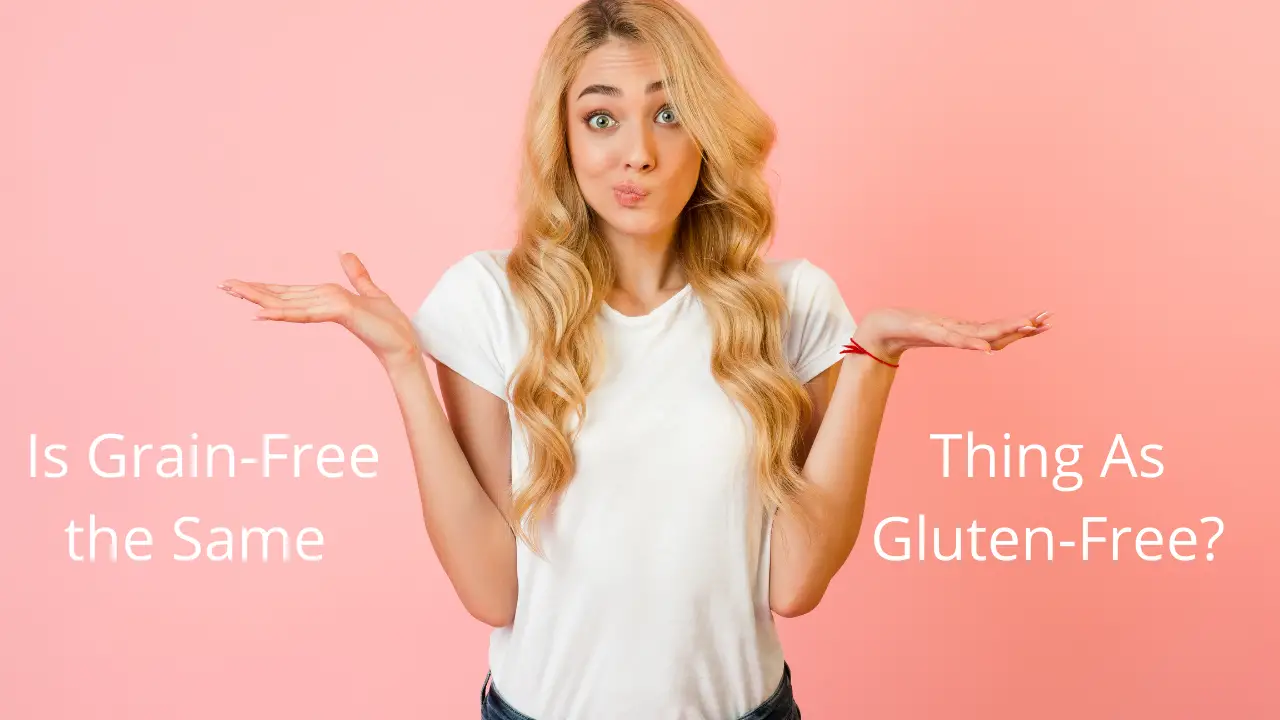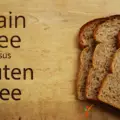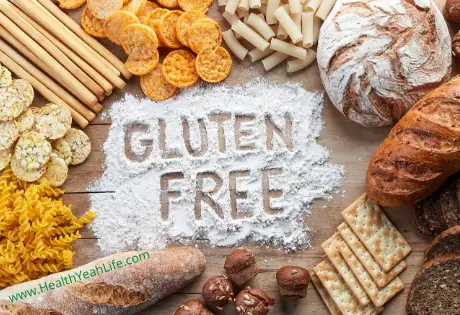With so many diet plans, it can feel overwhelming. Many people are interested in different diet plans, whether for medical conditions or a healthier lifestyle. With new types of diet being added every day to the list, it's easy to get confused.
Now, a grain-free and a gluten-free diet may sound similar, and they have some common aspects. However, they're two very contrasting diets in reality, and it's essential to know the difference.
This guide will explain these two diets from A to Z so you can choose the right one for you!
What are Grains?
The edible seeds of grasses are cereal grains, also called the Poaceae family. These include corn, rice, wheat, rye, barley, sorghum, millet, oats, and bulgar, amongst the common grains.
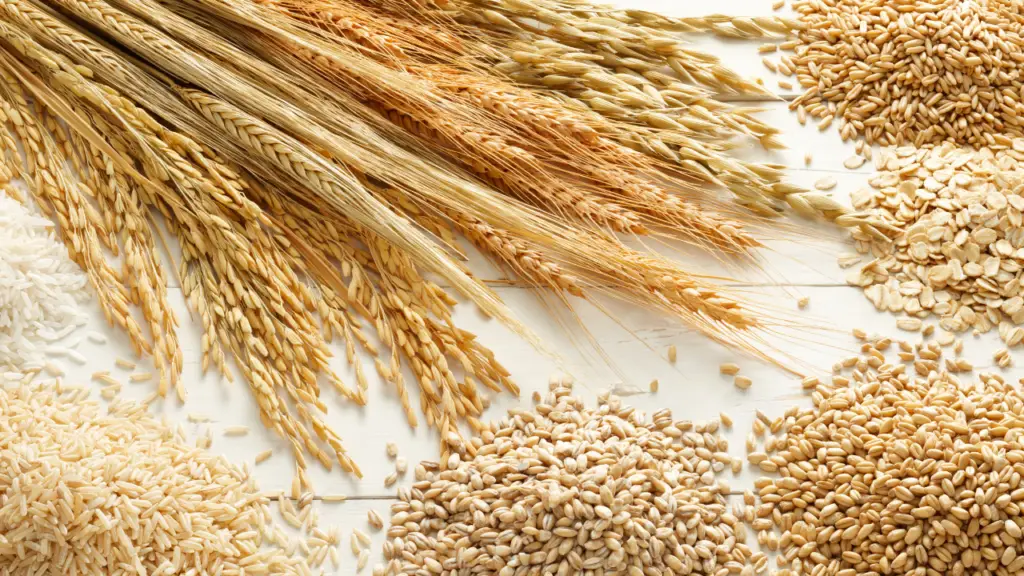
Grains hold a significant position on the food triangle as a primary source of energy. They're affordable but don't forget that they contain carbs. You'll find grains in many cuisines around the world. Furthermore, grain-based foods are consumed on a large scale. These include bread, pasta, breakfast cereals, baked products, etc.
Now that we have discussed the basic understanding of grains, they're further divided into categories.
True Grains and Pseudograins
Unlike cereal grains or true grains, pseudo-grains grow on broadleaf plants and not grasses like the former. For this reason, pseudo-grains belong to the dicots group and are not placed in the same group as cereal grains. Amaranth, buckwheat, quinoa are the more commonly known types that belong to this group.
So, why are they called false grains or pseudo-grains if they don't belong to one biological group? Simply because they're prepared, used, and consumed in the same manner.
Whole Grains and Refined Grains
An entire grain kernel consists of three parts- bran, germ, and endosperm. The outer shell of the grain is called the bran, while germ and endosperm make the interior.
Each portion of grain has its nutritional value; therefore, whole grains are considered healthier than their counterpart. Alternatively, refined grains go through a process that strips them of the bran and germ, leaving the endosperm.
Recent studies conclude that refined grains are nothing but a source of carbohydrates and protein. Excessive consumption of refined grains that exclude fiber, vitamins, minerals, and antioxidants of the bran and germ is unhealthy. Thus, if you're adding grains to your diet, opt for whole grains.
What is Gluten?
Gluten is a form of protein in wheat, rye, barley, and spelt. Today, gluten isn't just found in grains but also many gluten-based foods. Common gluten-based foods include bread, pasta, breakfast cereals, baked products, condiments, and processed foods.
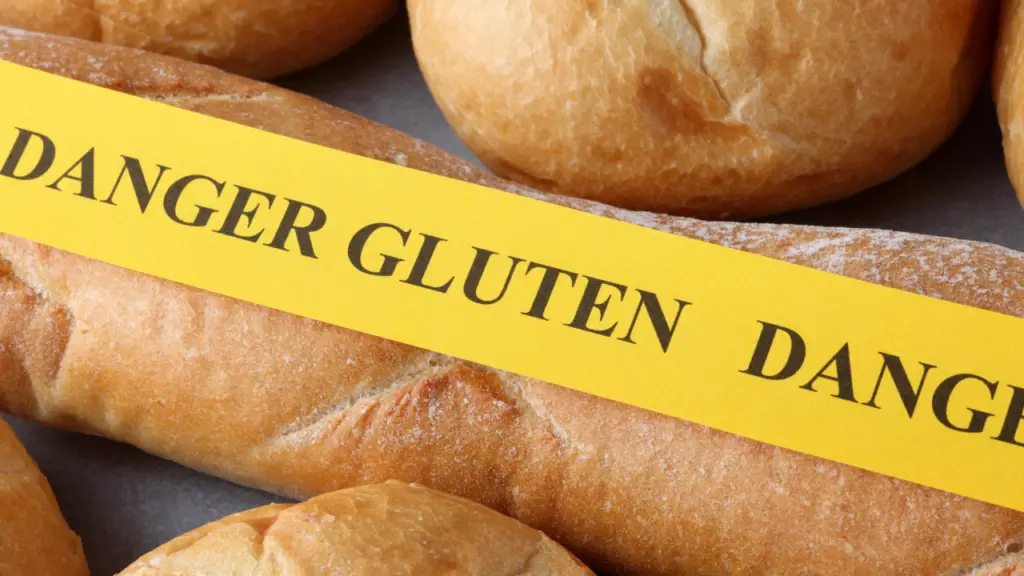
The main building block of the human body is protein and maintains the body's systems. This protein is beneficial for multiple purposes, health-wise and in the cooking and baking world. As far as cooking and baking go, gluten adds taste, texture, and shape to the food or baked product.
Why Do You Need to Avoid Gluten or Grains?
There's more scientifically backed-up research on how and why some individuals can't eat certain food groups with each passing day. Many think relatively new diets like gluten-free or grain-free are mere facades.
However, the truth is that more studies prove that some people are intolerant to gluten or grains. Here are some reasons you may need to avoid either of them:
Gluten
Unfortunately, the bodies of some individuals cannot digest gluten and instead trigger symptoms. The percentage of this group of individuals continues to increase with each passing year. There are two reasons a person's body cannot properly digest gluten; it's either gluten sensitivity or celiac disease.
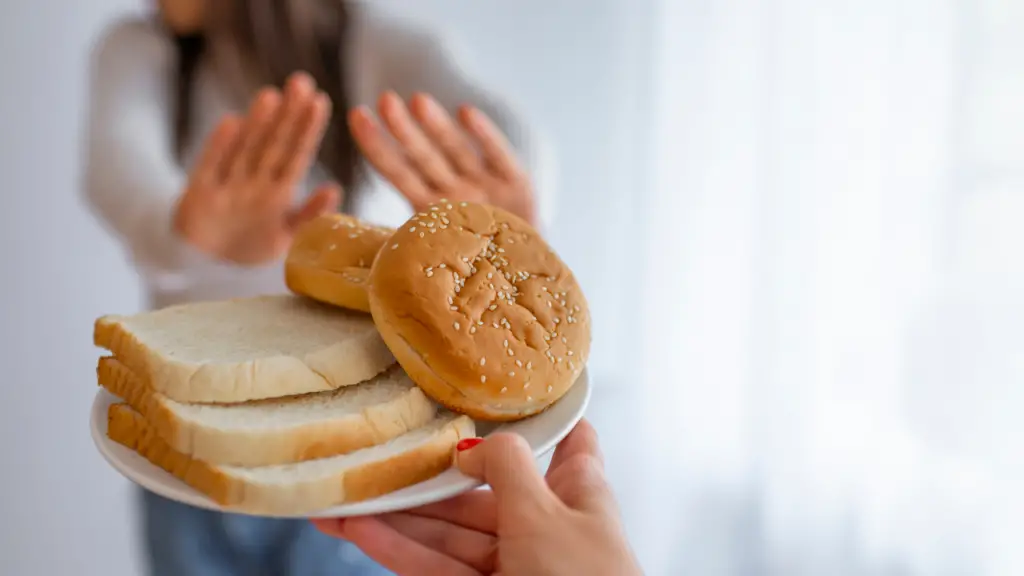
When someone has celiac disease, it creates an autoimmune disorder in which the immune system starts to attack upon recognizing gluten particles. In return, this primarily damages the intestines amongst other organs.
Gluten sensitivity is not a genetic disease, but the body still reacts to gluten consumption in digestive symptoms. As a result, this disrupts a healthy pattern of life for the individual. They also need to eliminate gluten from their diet for their long-term health and allow the body to heal.
Grains
The most obvious reason for avoiding grains is an allergy. For instance, around 1% of the global population suffers from wheat allergy. They cannot consume wheat under any circumstances and cannot use wheat-based ointments, skin products, etc.
Scientists claim that excessive grain consumption also leads to high cholesterol and blood sugar. Thus, increased grain consumption puts individuals at risk of chronic diseases like obesity, diabetes, heart diseases, etc. Additionally, removing grains can aid in better gut health if grains are the cause of digestive problems.
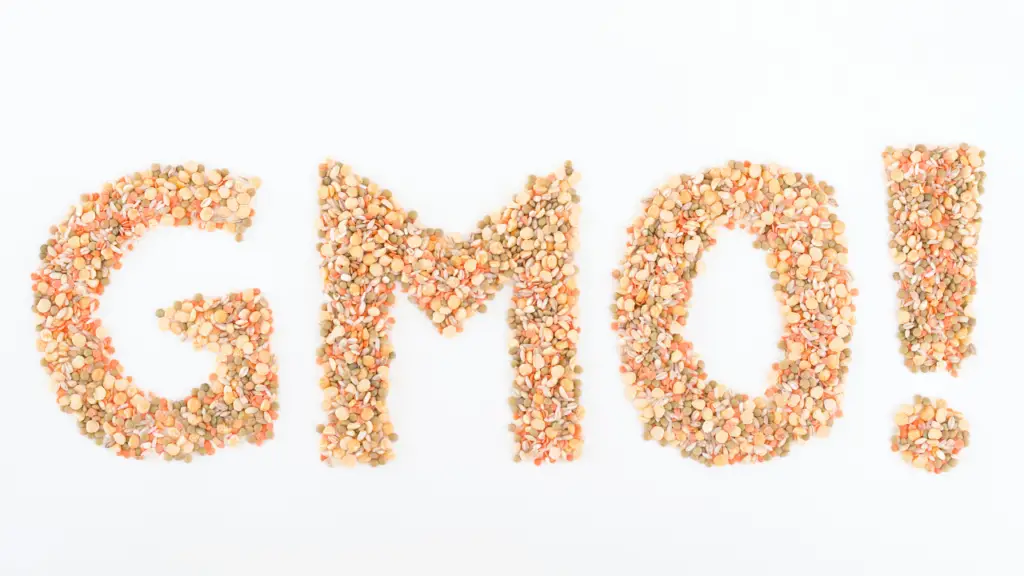
Another reason for going grain-free is the disadvantages of consuming genetically modified grains (GMOs). The downside is they're more common than organically produced grains. Consequently, those who want to protect themselves from the medical risks of GMOs stick with going completely grain-free.
Grain-Free vs. Gluten-Free
Grain-free and gluten-free might sound like the same diet. In a gluten-free diet, you're eliminating all sources of gluten which are wheat, rye, barley, and spelt. Similarly, in a grain-free diet, you're excluding ALL cereal grains from your diet. So, what else makes one diet differ from the other?
Food Sources:
We have already given an overview that gluten-free excludes specific grains while grain-free means eliminating all grains from the diet. However, it doesn't end here.
Gluten, as discussed above, is found in other gluten-based derivatives too. The same is the case with grain-based foods. But not every gluten-based food falls under grain-based too. For example, gluten-free dieters can still eat any grain except for the ones containing gluten.
If you're a grain-free dieter, your diet becomes much more restrictive with eliminating all cereal grains. However, you can still have pseudo-grains in your diet.
Diet Strategy:
The strategy, or the purpose, of both diets, is fundamentally identical- living a healthy life. However, each individual may have to opt for one or the other depending on their health issue.
Those with celiac or gluten sensitivity will need to adopt a gluten-free diet on a long-term basis. Meanwhile, those trying to lose weight, control chronic conditions, improve gut health, etc., should go for a grain-free diet.
Generally, a grain-free diet is a temporary solution to reduce the side effects of medical conditions. But, a gluten-free diet may be necessary and permanent, especially for those with celiac disease.
Pros and Cons of Each Diet

Both diets come with their pros and cons, as with every diet. Here are a few for both:
Gluten-Free Diet
Pros:
- It is necessary for celiacs and gluten-sensitive patients to reduce symptoms like bloating, abdominal cramps, nausea, constipation, and diarrhea.
- Following the diet religiously enables the bodies of gluten-intolerant individuals to heal from the damage of gluten consumption gradually.
- A balanced diet plan can assist in a healthier lifestyle.
Cons:
- Gluten-free foods are more expensive than their traditional versions.
- An unbalanced diet can easily lead to fiber and nutritional deficiency.
- Intake of excessive unhealthy foods labeled as gluten-free.
Grain-Free Diet
Pros:
- It can help reduce symptoms commonly caused by the intake of grains, such as inflammation.
- Lowers blood sugar and cholesterol levels and ultimately reduce the risks of related chronic conditions.
- One of the best diets for those trying to lose weight.
Cons:
- Increased risks of nutritional deficiency due to lack of daily dietary intake.
- Lack of daily fiber intake leads to constipation.
- Many people cannot follow the diet long-term. A sudden intake of grains after following the diet can cause problems like excessive fiber ingestion.
What Can You Eat?
After all this, you've probably been wondering what you can eat then if you follow either diet. Here's a breakdown of the food groups the diets allow that can become a part of your meal plans:
Grain-Free & Gluten-Free Sources
- Meat
- Poultry
- Seafood
- Fruits and Vegetables
- Pseudograins (amaranth, quinoa, buckwheat)
- Organic dairy products
- Beans, seeds, legumes, and nuts
Additional Gluten-Free Grains
- Arrowroot
- Flax
- Gluten-free corn
- Gluten-free oats
- Rice
- Sorghum
- Teff
- Millet
When cooking and baking, gluten-free dieters can use substitutes of other grains and plant-based alternatives. Grain-free dieters can only go for plant-based options like potato starch, cassava flour, almond flour, coconut flour, etc.
Final Words

Now that you know more about the similarities and differences between both diets, it's time to make the decision.
Following a diet with a proper meal plan can do wonders. Thus, consulting a dietician is a suitable option if you feel like your diet lacks balanced portions.
Whatever you do, stick to your goals! You won't be confusing gluten-free or grain-free any longer the next time you step out for grocery shopping.

